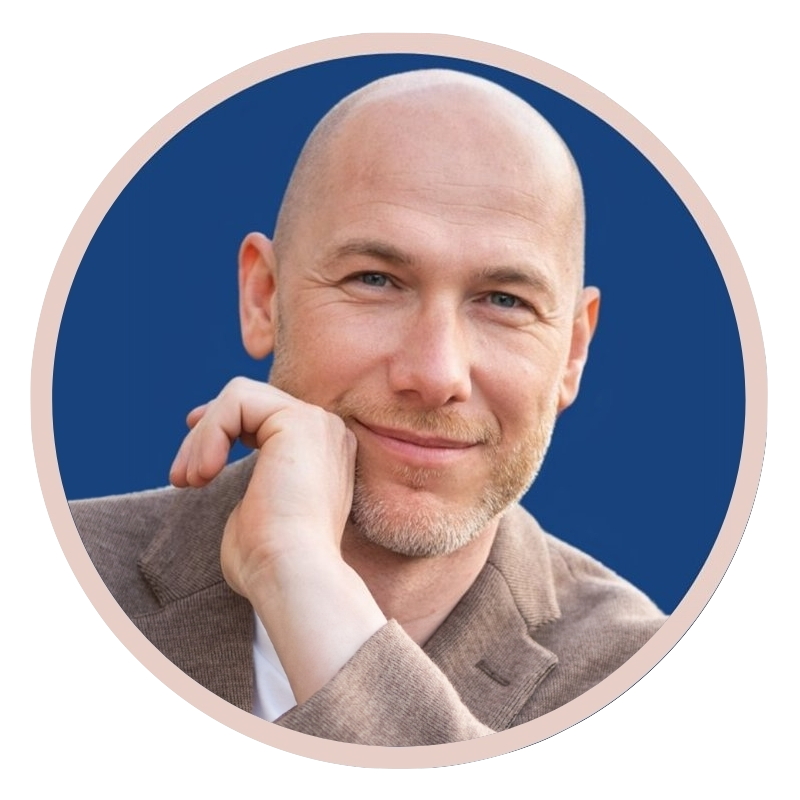Audio Presented by

VP of Engineering @ Mews. SW Product Builder. See more at https://www.kamenistak.com/mentoring
Story's Credibility

About Author
VP of Engineering @ Mews. SW Product Builder. See more at https://www.kamenistak.com/mentoring

VP of Engineering @ Mews. SW Product Builder. See more at https://www.kamenistak.com/mentoring

VP of Engineering @ Mews. SW Product Builder. See more at https://www.kamenistak.com/mentoring